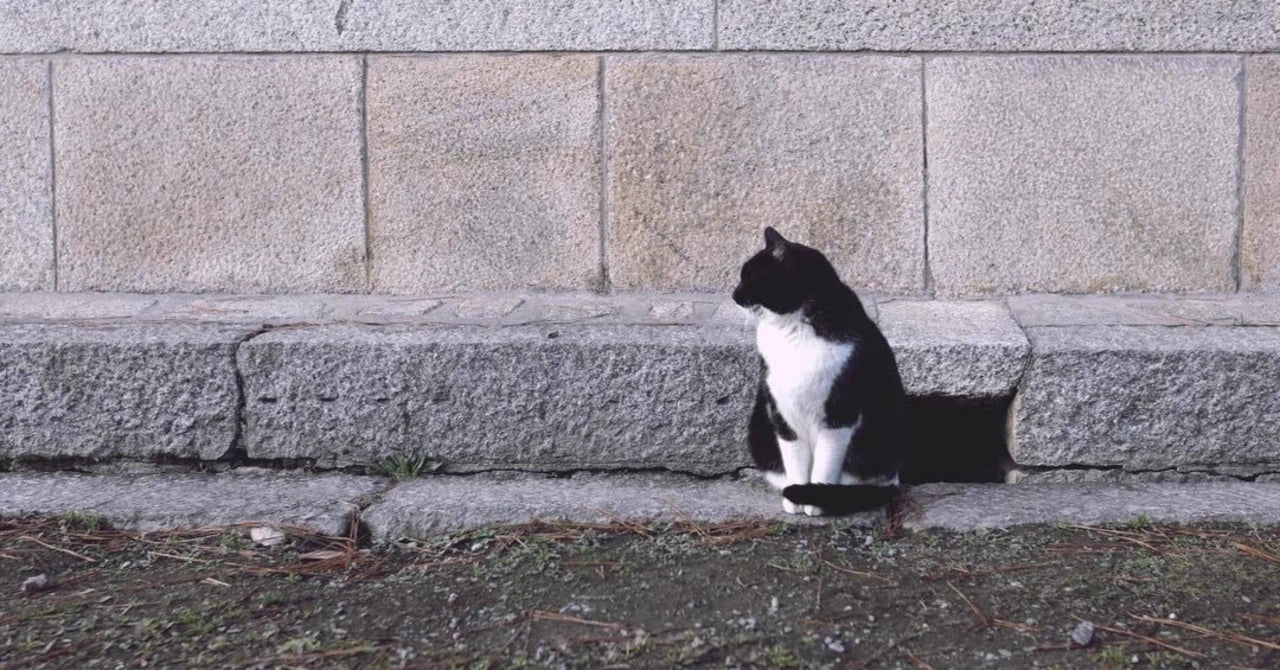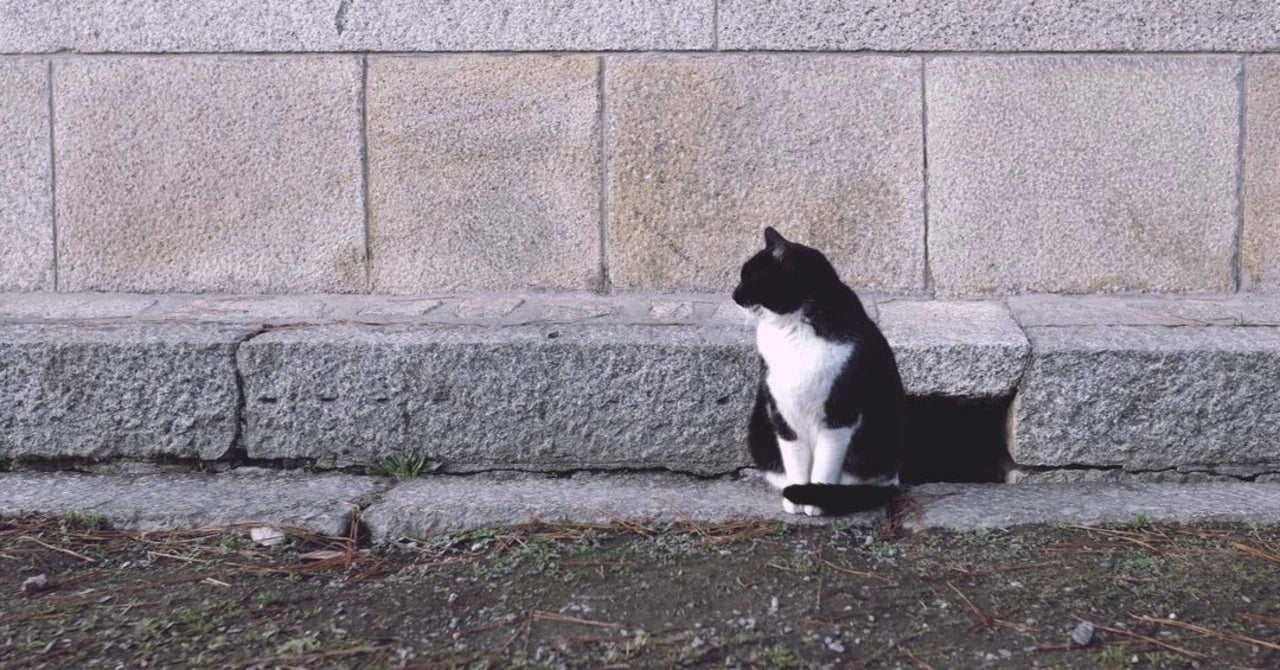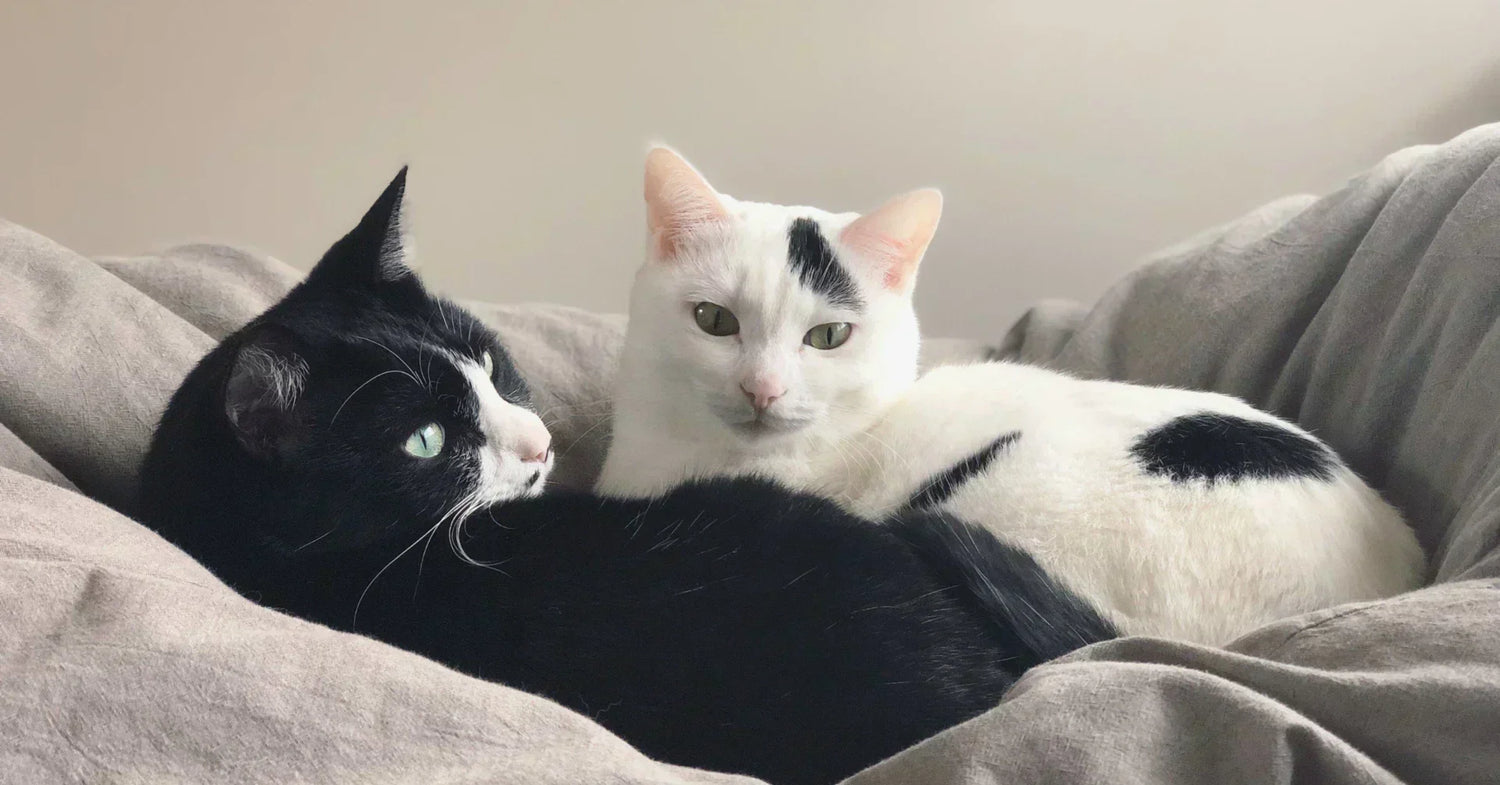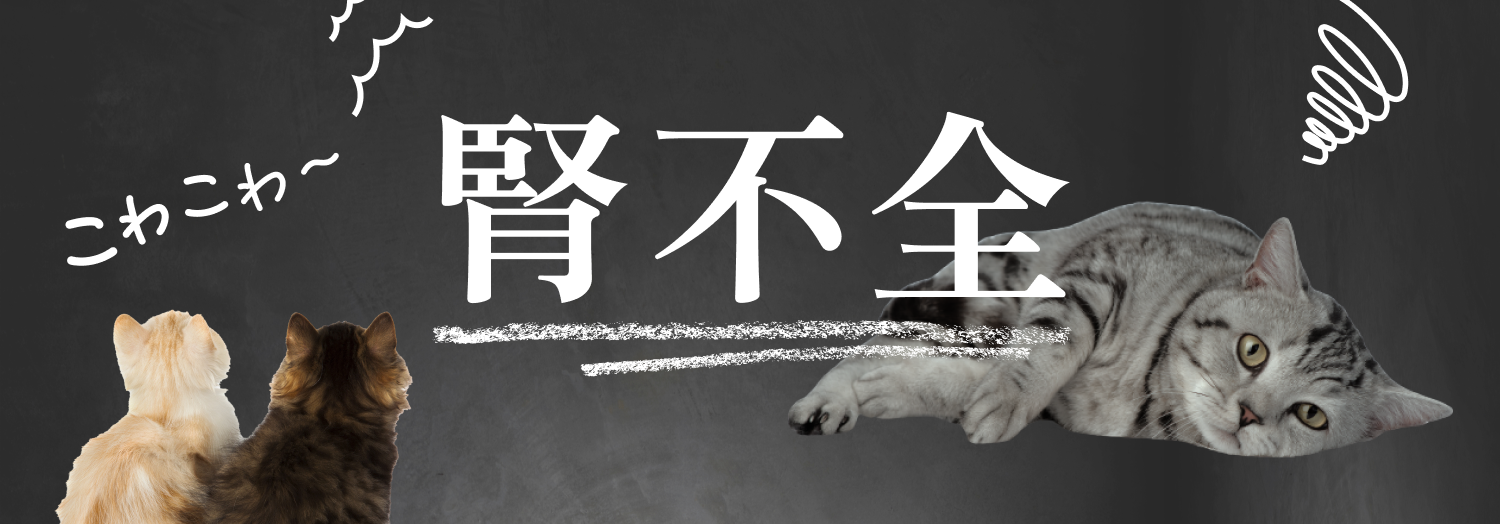[1] What should you do if your cat develops kidney disease?
Some people may wonder, "If I get kidney disease, will I be unable to do anything?"
In the previous article , we discussed "why cats are prone to kidney disease" and what to check daily to "detect kidney disease early." If you haven't read it yet, please take a look.
Let's say you notice something is wrong with your beloved cat, take it to the vet for testing, and it's found to have progressive kidney disease. However, many people probably don't know what treatments are currently considered standard, or what kind of care should be provided at home.
As mentioned in the previous article, despite the fact that one in three cats over 10 years old suffers from kidney disease, data shows that only about 35% of cat owners are aware that cats are prone to chronic kidney disease.
Let's bridge this gap and aim for a world where cats don't suffer from kidney disease. In this article, we will explain the current state of feline kidney disease treatment and care.
[2] What are the "3 conditions" for a kidney-protective diet?
Currently, the main treatments for feline kidney disease include "dietary therapy," "supplements," "drug therapy," and "subcutaneous fluid therapy."
First of all, the most important thing in dietary therapy is to "restrict phosphorus, salt, and protein."
Excess phosphorus can only be excreted in urine, but when the kidneys weaken, excretion becomes impossible. The phosphorus that accumulates in the blood damages the bones, blood vessels, and even the kidneys themselves. In addition, when protein is broken down in the body, urea and ammonia are produced. It is a significant burden for weakened kidneys to process waste products. However, since protein is essential for maintaining muscle mass, it is important to keep it to an appropriate amount, maintain physical strength, and reduce waste products.
In other words, a therapeutic diet requires "low phosphorus + low salt + an adequate amount of high-quality protein."
Here's a summary of the key figures and keywords to check on the label.

However, even looking at the label, you may not understand what it means. In that case, the quickest route is to consult with your animal hospital about prescription food for "kidney support" with "phosphorus content of 0.6% or less." It is important to focus on a diet that is less likely to produce waste products that burden the kidneys.
[3] What are the effects of the treatment drug "Lapos"?
We reduced waste products through a therapeutic diet. Next, we need to protect kidney function with medication. "Lapos" is a medication with promising results .
Lapos works by dilating the small blood vessels in the kidneys, improving blood flow. It also protects the kidneys and slows disease progression by reducing inflammation in the blood vessels and improving oxygen delivery.
Furthermore, it appears that the drug increases HGF (hepatocyte growth factor), which has the effect of repairing cells around the damaged nephrons. It is highly promising as a drug to slow the progression of kidney disease. Administration twice a day, morning and evening, is common.
Regarding "AIM (AIM protein)" therapy, which has been gaining attention in recent years, it is probably best to keep it in mind as a potential option for the future . The data that has been published is mainly from studies on mice, and clinical trials on cats are still to come. Furthermore, the project is primarily led by doctors focusing on humans, and there have been no veterinary clinical studies or presentations at academic conferences.
If it comes to fruition, it would be a dreamlike treatment, but at this stage, it is important to listen to the opinions of your regular veterinarian, including those regarding Lapros, and make choices accordingly.
[4] Unlike humans, they do not choose "artificial dialysis."
The kidneys are responsible for filtering waste products from the blood, concentrating them, and then excreting them as urine. However, when kidney function weakens, the ability to reabsorb water diminishes, and the kidneys become unable to concentrate urine. As a result, water is continuously lost from the body, leading to dehydration. Dehydration further damages the kidneys, creating a vicious cycle.
That's why it's important to replenish fluids with "subcutaneous hydration" and break that vicious cycle. By improving dehydration, it becomes easier to excrete waste products accumulated in the body as urine, and the balance of electrolytes in the body can also be adjusted. Cats that have lost their appetite and become lethargic due to kidney disease are more likely to regain their energy.
In treatment, lactated Ringer's solution is generally administered. IV fluids are often started based on the stage of kidney disease, the degree of dehydration, and the symptoms. Because a comprehensive judgment is necessary, it's important to seek the opinion of a veterinarian.
By the way, in humans, many people choose "dialysis" as a treatment for kidney disease, but in the case of cats, it seems difficult to perform the same treatment as in humans because their bodies are small and their blood vessels are thin. It is best to consult with your veterinarian first.
[5] Summary of Part 2
In future articles, we would like to share information about feline kidney disease, based on interviews, such as "What kind of prevention is important?" and "What kind of care food is recommended?". If you have any comments such as "I want to know this" or "I would like to hear from this person", please feel free to leave them.
Let's work together with our community of readers to create a world where cats don't suffer from kidney disease.
Key Points This Time
-
The main treatments are "diet therapy," "supplements," "drug therapy," and "subcutaneous drip." The goal is to minimize the production of waste products, flush out waste products from the body, and balance electrolytes.
-
Therapeutic diets should be "low in phosphorus, low in salt, and high in quality protein." Pay attention to the numbers on the label.
-
The drug that can be expected to be effective is "Lapos." Don't self-medicate; seek the advice of a veterinarian.
Thank you for reading to the end this time as well.
●Supervision: Hiroyuki Ito, Advisor at Karitani Animal Hospital Group Ichikawa General Hospital, Executive Director of the Japan Veterinary Regenerative Medicine Society, and Representative Director of the Animal Preventive Medicine Association.





